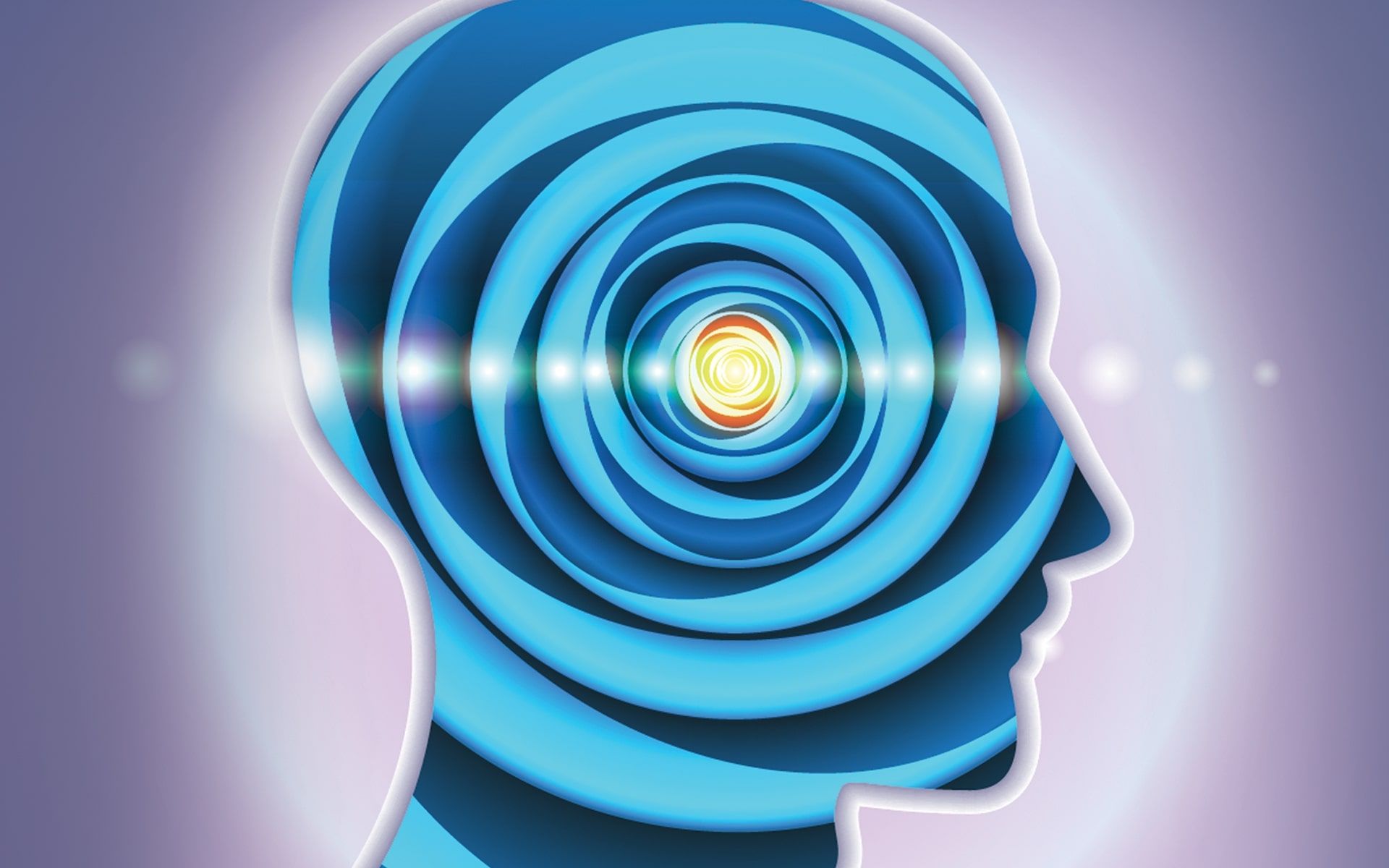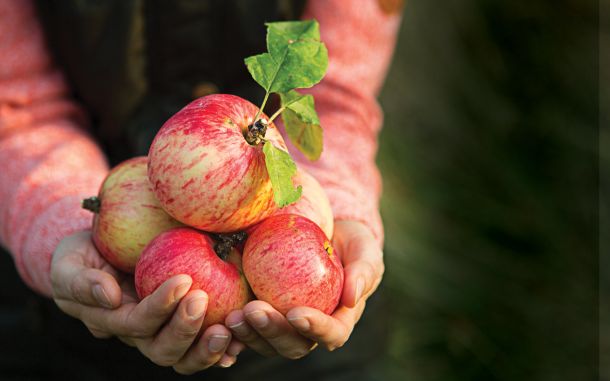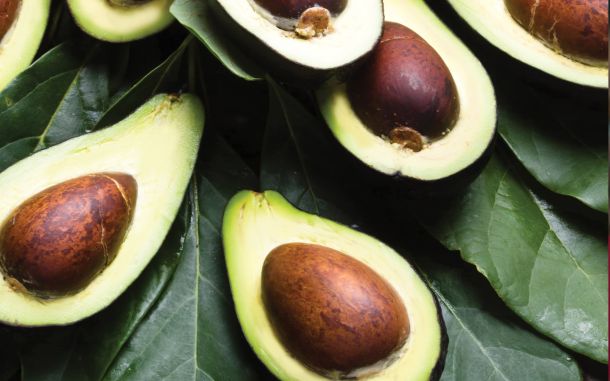Between Light and Darkness

The famous Greek physician Galen of Pergamon (129-200 CE) used to organize picnics and camps for himself and his patients on what is now called Kozak Plateau near Bergama in present-day Turkey, famous for its pine trees and nut pines. It is told that Galen named the pineal gland "conarium" because he likened its shape to the pine cone in the area.
Modern anatomy and imaging methods prove that Galen was right: the pineal gland has a conical shape (like a pine cone), weighs roughly 100-180 mg, has a size of 5-9 mm in length, 3-6 mm in width, and 4-5 mm in depth. The pineal gland is the second organ after the kidney that receives the most amount of blood supply in the human body. This strong flow of blood (4 ml of blood per minute) to the gland despite its tiny size is indicative of the importance of its duty. Descartes described the pineal gland as “the principal seat of the soul and the place in which all our thoughts are formed” (Stanford Encyclopedia of Philosophy). What makes this gland biologically so important is that it secretes a hormone called melatonin, which was discovered in 1958.
The synthesis and secretion of the melatonin hormone take place in the pinealocytes, the main cells contained in the pineal gland. Melatonin molecules start to be produced in these cells at dusk on a daily basis. As we move into the night, production increases even more as darkness settles, and the melatonin is released into the bloodstream without being stored. Its secretion peaks by 2-5 a.m. as melatonin responds to darkness, thus it is known as "the hormone of darkness" (melatonin is derived from the Greek word “melas,” which means “black”).
Darkness is perceived by photosensitive receptors in the retinal layers of our eyes and is transmitted to the hypothalamus in the brain. The information related to darkness or light passes through a series of processors in our brain before reaching the pineal gland. Upon receiving the information that it is dark, pineal gland cells begin to rapidly produce melatonin. The biochemical that is used as a precursor in melatonin production is a type of amino acid called tryptophan. Tryptophan is essential for humans and it must be obtained through one’s diet since it cannot be produced by the body.
At night melatonin production peaks and serotonin levels decrease while it is the opposite during the day. N-acetyltransferase (NAT), the enzyme responsible in this activity, functions at its maximum in darkness. Eighty percent of the melatonin in our blood is produced in the pineal gland. Melatonin is also produced in the retinal layer of the eye, which is responsible for protecting the retinal layer during day-night cycles, whereas the melatonin produced in the gallbladder protects the epithelial cells lining the bile duct against harmful (oxidized) cholesterol derivatives and bile acids.
Seventy percent of the melatonin in our blood is bound to albumin proteins in order to be transported to its target organ. Since it is fat-soluble, melatonin can reach cells easily. The melatonin molecules that rapidly perform their duties are excreted in urine after passing through some processes in the liver and lastly the unnecessary waste materials are cleared from the blood. As its half-life in our blood is as short as 35-45 minutes, melatonin needs to be continuously produced.
Melatonin helps regulate our body's circadian rhythm. In many studies, it has been revealed that melatonin acts as a protective shield against cancer, activates the immune system, and protects it from being harmed in the face of stress, viral diseases, trauma, and aging.
To ensure that melatonin is sufficiently produced in our body, our diets should contain foods rich in tryptophan such as nuts, milk, beans, fish, chicken, turkey, red meat, and eggs. Additionally, we should also pay the utmost attention to the light and dark cycles and should avoid going to bed no later than 11:00 pm. We should ensure darkness and avoid using a computer before going to bed or falling asleep in front of the TV since these factors adversely affect melatonin production.
Light has many implications for human behavior and physiology. Through exposure to sunlight, the cholesterol under the skin is induced and is converted into Vitamin D after certain processes in the liver and kidneys. Vitamin D plays an important role in the calcium metabolism of the body as well as in the maintenance of our psychological balance.
After induced as darkness falls in the evening, melatonin level start to decline upon exposure to sunlight in the early morning when the production of serotonin and cortisol starts to rise. While the body rests during the night through a regular and sufficient sleep, melatonin molecules, which are strong antioxidants, repair damaged tissues. It has been found that people with low levels of melatonin due to failure to get sufficient nightly sleep might develop some cancers more frequently as well as depression and anxiety. For instance, it has been reported that women and men who work at night run an increased risk of breast and colon cancers, respectively.
Under the influence of melatonin released during sleep our veins dilate and our body temperate falls to form a nice feeling of sleepiness. As we get older, especially after the age of 45, decline in the production and release of melatonin, and the resulting damage in the body, a distraction of habitual sleep, and compromised nerves can cause serious illnesses such as migraine, cancer, and diabetes. A rise in the level of melatonin has a direct influence upon our bones through increasing the level of calcium in our blood.
Melatonin deficiency should certainly be considered as a risk factor in case of sleep disorders, fatigue, malaise, palpitations, sexual anorexia and impotency, distress, and depression. Depending on whether you sleep habitually between 23:00 p.m. and 05:00 a.m. at night, melatonin could be taken in the form of a tablet 30-45 minutes before sleep upon consulting with a physician. It is important to ensure that the sleeping place is dark, or at least, the night lamp used is a dim, red one. Smoking, alcohol, and excessive amounts of caffeine inhibit the release of melatonin. If you are older than 45 it is useful to consume fruits and vegetables that are rich in tryptophan. The fruit with the highest content of tryptophan is the cherry while hazelnuts, walnuts, meat, broccoli, banana, sesame, eggplant, spinach, potato, dried beans, chickpeas, and fish are good sources of tryptophan. However, no matter how much a person attends to his or her diet the levels of melatonin might still not be sufficient. In such cases, intake of "melatonin tablets" upon consultation with a physician would prove useful.
References
- “Descartes and the Pineal Gland” in Stanford Encyclopedia of Philosophy (https://plato.stanford.edu/entries/pineal-gland)
- Liebmann, P.M., A. Wölfler, P. Felsner, D. Hofer, K. Schauenstein. “Melatonin and the immune system.” Int Arch Allergy Immunol. 1997 Mar;112(3):203-11.









